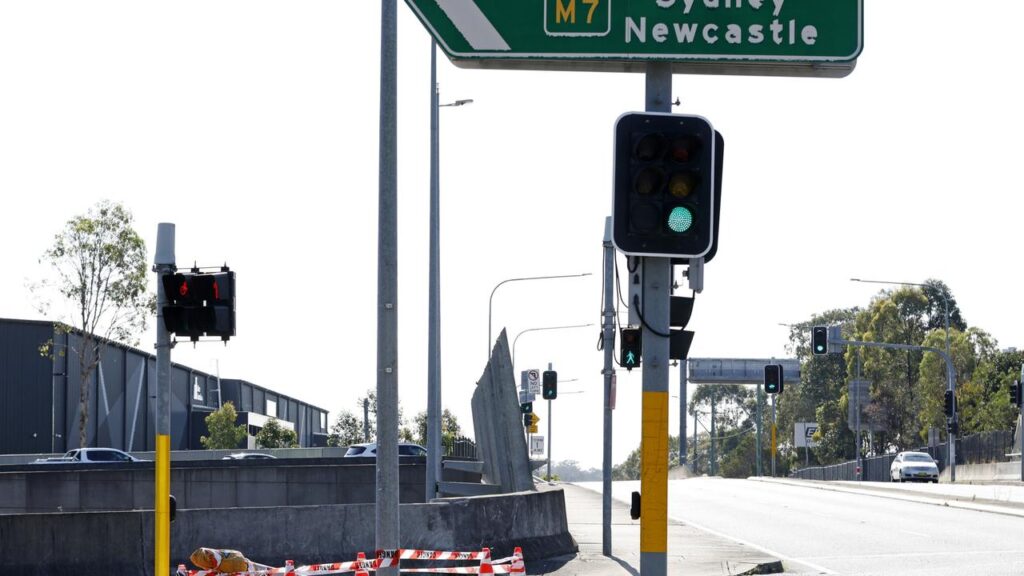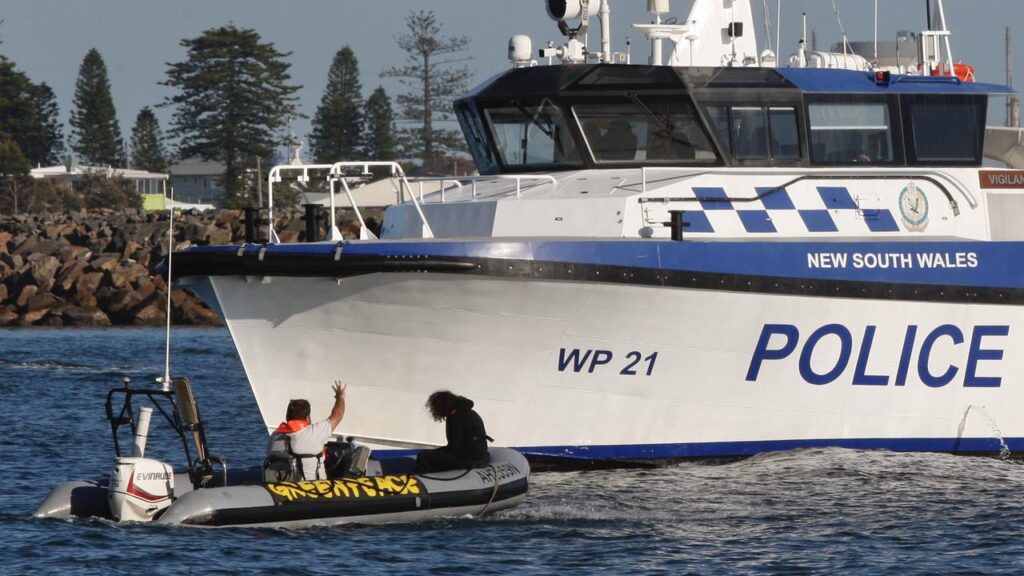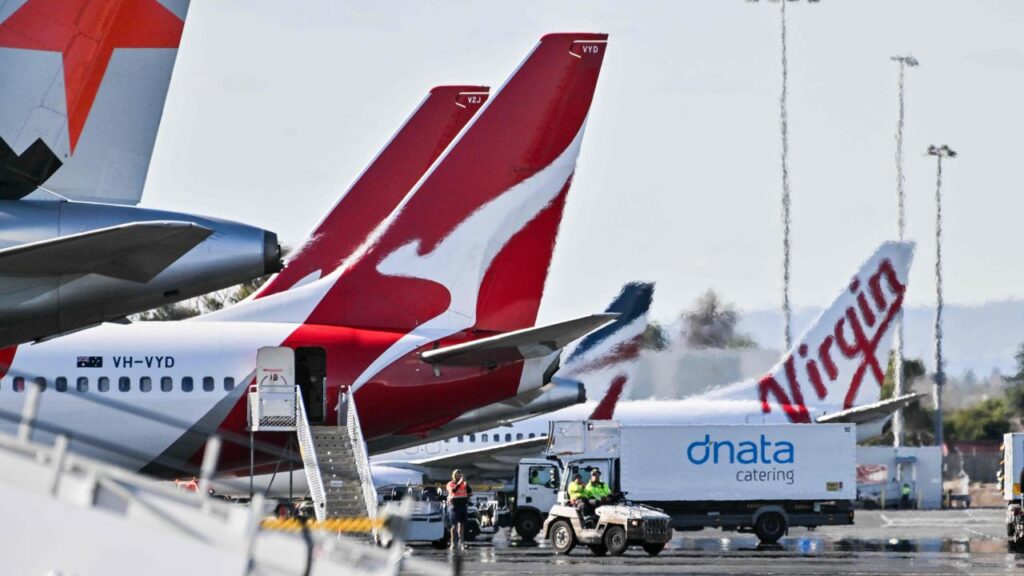Anthony Albanese’s main policy addressing the housing crisis has little hope of success
Written by admin on September 9, 2024
Anthony Albanese’s flagship policy to address the crippling housing crisis is already doomed to fail just months after it took effect, experts say, with a grim new prediction of its chances of success released today.
The prime minister’s National Housing Accord, an ambitious goal of building 1.2 million new homes over the coming five years, is at the centre of the government’s $32 billion multi-pronged strategy.
But a new forecast from Master Builders Australia shows the target will be all but impossible to reach, and the projected shortfall has worsened considerably in recent times.
Between now and June 30 in 2029, the industry group expects work to have started on 1.034 million new dwelling, which is almost 14 per cent below the target, chief executive Denita Wawn said.
That would mean a shortfall of 166,000 homes, a sharp increase on the 112,000 gap predicted back in April.
Arguably the biggest challenge facing the construction industry is a severe skills shortage across all sectors, Ms Wawn said.
“At the federal level, the government’s priority should be growing the building and construction workforce,” she said.
“Domestically, we cannot fill this gap. We need to think outside of the box with better apprenticeship incentives, reskilling migrants already in Australia, and a targeted international campaign to bring in skilled tradies.”
High-density development will add the lion’s share of those 1.2 million new dwellings but those types of projects have been hampered by delays and budget blowouts, she added.
Analysis by Master Builders shows high-density build times have leapt by 20 per cent while costs have skyrocketed by about 40 per cent.
Across the entire construction sector, productivity has slumped by 18 per cent over the past decade.
The Reserve Bank’s stubborn stance on interest rates isn’t helping, with Ms Wawn describing inflation as a “capacity killer”.
While an anticipated improvement in economic conditions in coming years will help to boost dwelling completions, it won’t be enough to reach the Housing Accord target.
The latest forecast will be a sobering reality check for the government as it heads into the next election, with voters seemingly losing faith in Mr Albanese’s ability to bring cost-of-living relief.
A new Resolve opinion poll shows the Coalition is ahead of Labor on a two-party preferred basis by 51 to 49, with the ALP’s primary vote at just 28 per cent compared to the Coalition’s 37 per cent.
When probed about who is most capable of easing the housing and cost crises, 32 per cent nominated the opposition while 25 per cent chose the government.
Mr Albanese is just one percentage point ahead of Opposition Leader Peter Dutton in the preferred prime minister stakes, polling at 35 per cent.
Underperforming states should be ‘punished’
The Coalition is expected to release a housing policy in coming months, however its spokesman for housing affordability Senator Andrew Bragg has painted a picture of what tone it will take.
Senator Bragg recently suggested state governments that fail to meet their housing supply targets could be “hit hard” by reduce revenue flows from the GST.
That stick-over-carrot approach could be what’s needed to drive serious reform, Senator Bragg told ABC News.
“NIMBY-ism is poison for young people, and when you see councils and states block developments, particularly apartment buildings, that is a disaster for young people.”
Some states are tracking more poorly than others when it comes to building forecasts, with the Master Builders figures show New South Wales has slipped even further from reaching its target.
In April, projections indicated the state – home to the most expensive housing markets in the country – was on track to run a supply shortfall of 28,950 on its target of 377,000 new homes.
That has now blown out to more than 73,700.
The situation has also worsened in Queensland, where prices and rents have skyrocketed since the onset of the Covid pandemic.
The state’s target of building 246,000 new homes in the next five years will likely come in short by about 21,718 – up by almost 4000 dwellings since April.
The updated forecast comes as the Queensland Council of Social Services warns parents are being forced to skip meals and feed their kids cheaper and less healthy food to avoid homelessness.
The group’s annual Living Affordability Report, released today, revealed the devastating impacts of the housing and cost-of-living crises, and CEO Aimee McVeigh said families are bearing the brunt.
“We are now seeing a generation of children growing up in poverty through no fault of their parents,” Ms McVeigh said.
“They simply cannot afford to pay for necessities such as food, electricity, fuel and rent.”
Each household type modelled in the research spends more than 37 per cent of their income on keeping a roof over their heads.
And renters have been largely forgotten in the discussion about support measures.
“To make a real difference for renters, both the Queensland Government and state opposition need to commit to putting a cap on the cost of renting and end unfair evictions,” Ms McVeigh said.
Growth softens but prices still high
High demand and a dramatic undersupply of homes have fuelled sharp price growth across much of the country over the past few years.
At a national level, home prices rose by another 0.5 per cent in August, hitting $802,357, which is 7.1 per cent higher than 12 months ago, the latest CoreLogic data shows.
However, there are clear signs that growth is slowing.
Eliza Owen, CoreLogic’s head of research, said the 1.7 per cent increase over the three months of winter was strong, but down considerably on the 3.3 per cent rise in the same period last year.
Markets traditionally slow during the colder months, but Ms Owen said the long run of price hikes could be playing a part.
“Housing values cannot keep rising at the same pace in the mid-sized capitals of Perth, Adelaide and Brisbane when affordability is becoming increasingly stretched, particularly in the context of elevated interest rates, loosening labour market conditions and cost of living pressures,” she said.
After a number of painful four years, during which average rents exploded by 39 per cent, there has been some relief for renters more recently.
CoreLogic data shows there were no changes to prices at a national level for the second consecutive month.
Compared to the previous year, rents across the country were 7.2 per cent higher year-on-year in August, but Ms Owen said that’s the lowest annual growth rate in more than three years.
Red-hot growth is now slowing in every capital city market, with the exception of Hobart, she added.
More Coverage
“On the demand side, net overseas migration has dropped, with data showing a decline from 165,000 in the March quarter of 2023 to 107,000 in December quarter, and overseas arrivals data suggests a fall in international student arrivals.
“On the supply side, investor trends vary state-to-state, but nationally investor loans secured were up 10.7 per cent in the year to June. Dwelling completions remain an issue, with a strained construction sector keeping a floor under both rent and purchase prices.”
But price growth trends aside, the Real Estate Institute of Australia declared housing affordability has now slumped to the lowest point since records began in 1996.
Read related topics:Anthony Albanese






